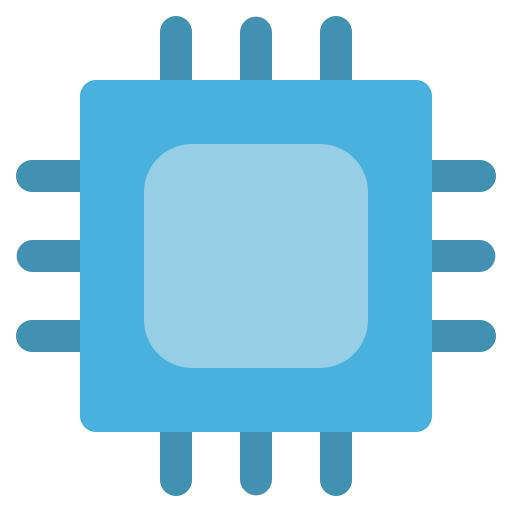

Is this the same “peace talks” that Ukraine wasn’t invited to?


Is this the same “peace talks” that Ukraine wasn’t invited to?


You might want to have your ABS system repaired if it’s locking your brakes. It’s supposed to do the opposite and not allow them to lock. If the ABS is activating it’s because you’re not following your own advice and maintaining control. You’ve put yourself in a situation where the traction required to execute your stopping maneuver exceeds the traction available and it’s doing everything it can to save you from your poor decision. If you’re a professional performance driver, you might be able to beat ABS with threshold breaking, but that’s essentially what ABS is simulating. Get yourself some good snow tires and follow at a greater distance. No ABS needed.


You don’t want to sell me death sticks, you want to go home and rethink your life.


It was just a plane or something


I love unboxing some new tech, but why an access point specifically?
That might be helpful. So far I was skipping the window manager and just opening the application by itself in xinit.


The cruelty is the point. Just keep repeating that and you’ll understand most of the decisions.


I think they were more into incest than beastiality.


And now I remembered we’ve got over 3 more years of this garbage to fight through.
Based on the ingredients, it sounds like blended in a kinda almost pesto.


Not even close to that third comma, amateur.


You got some pants on?


I was very confused for a minute but then I realized you are talking about trackballs over mice. OP was asking about ball mice vs optical mice. Way back mice used rotary encoders to move the cursor horizontally and vertically. Those encoders were moved by a ball that stuck out of the bottom of the mouse to roll on the desk. The ball and rotary encoders were eventually replaced by the optical system we use now.


I feel called out. I know how it’s properly pronounced, but I can’t make my mouth put those sounds in that order. It’s uncomf-terble.


A supervillainess


According to their history, this is the extend part.
… and nothing of value was lost.